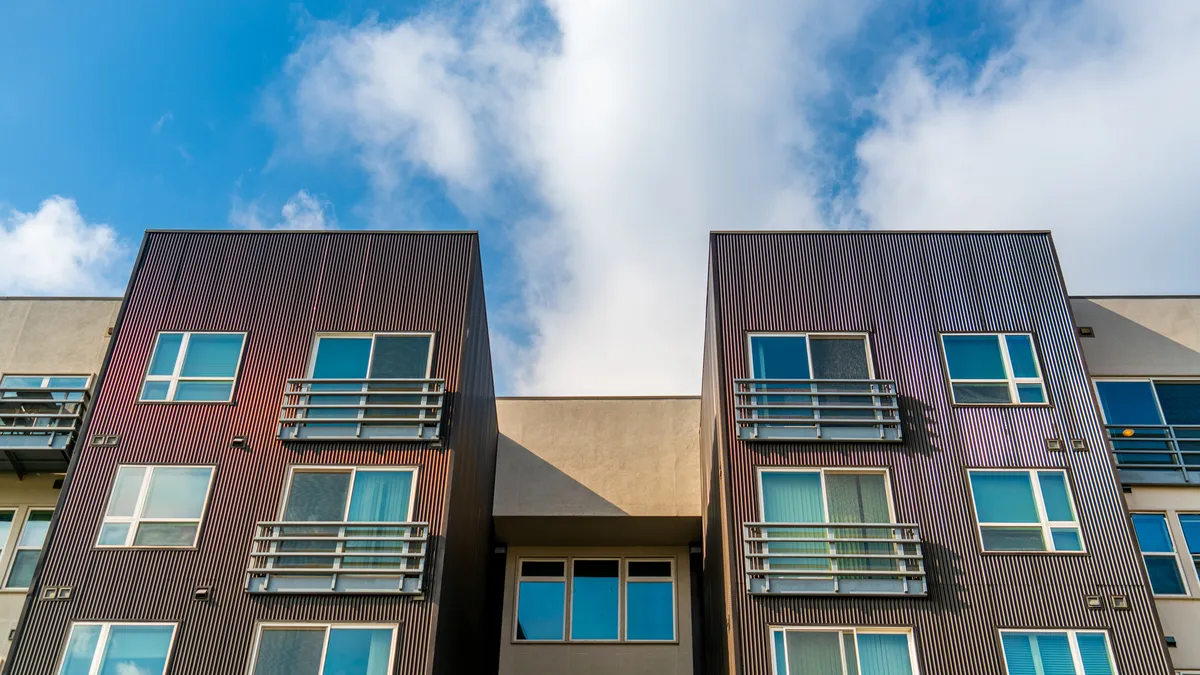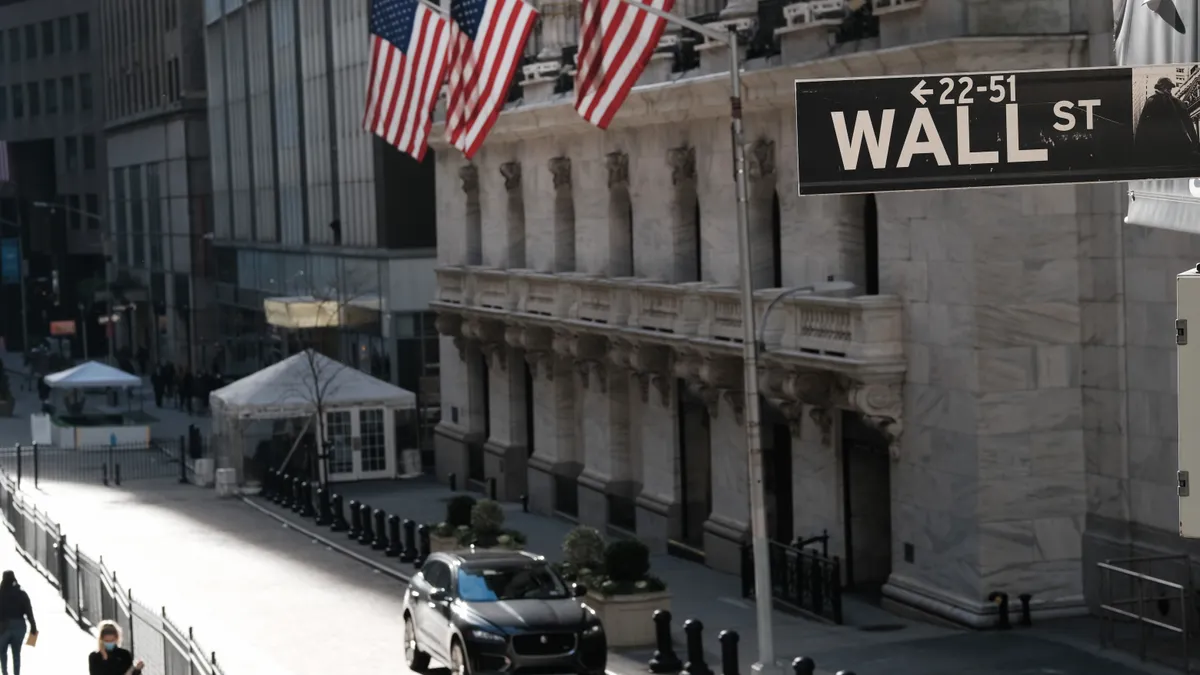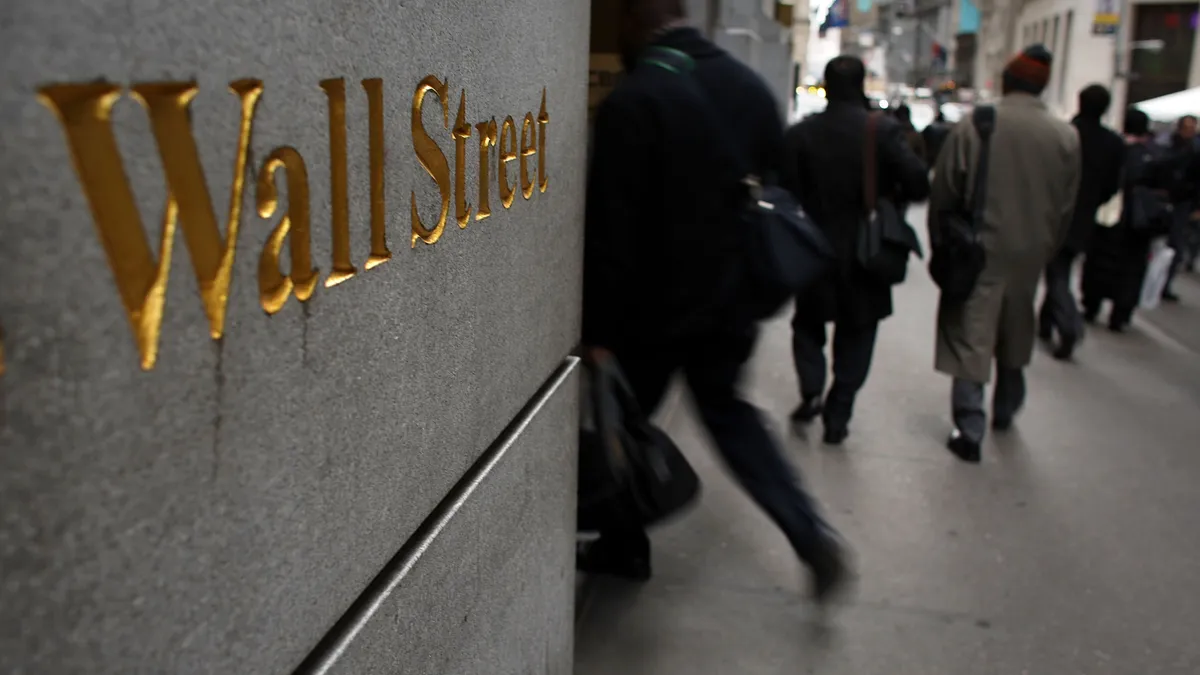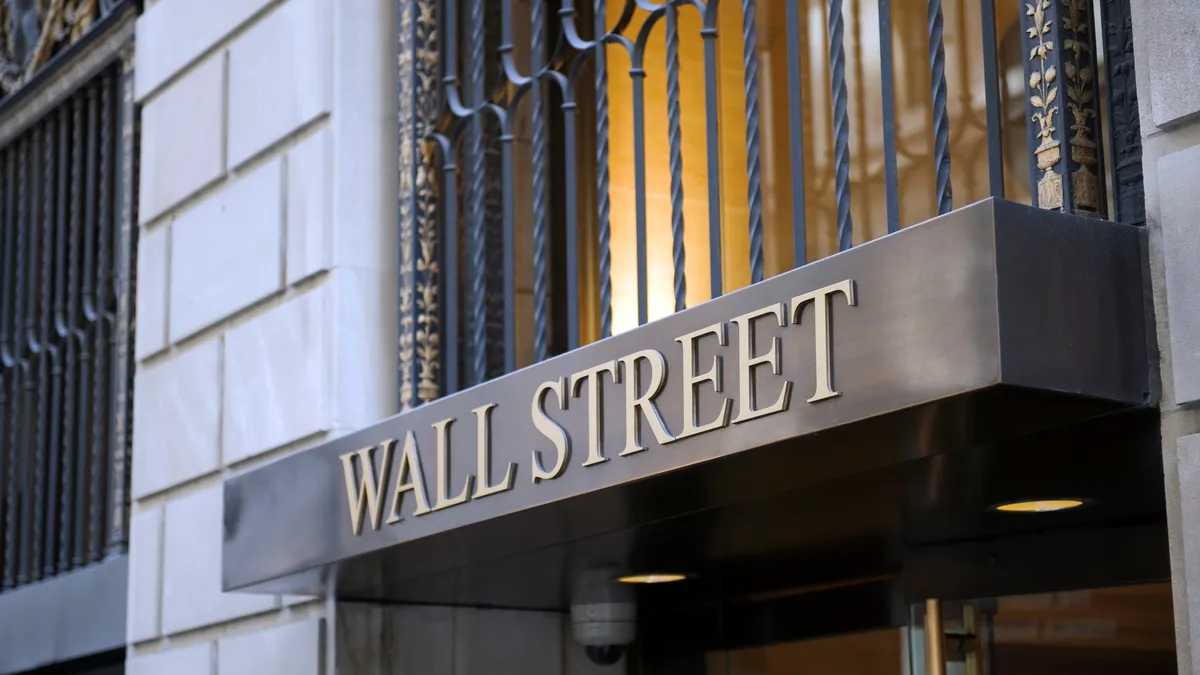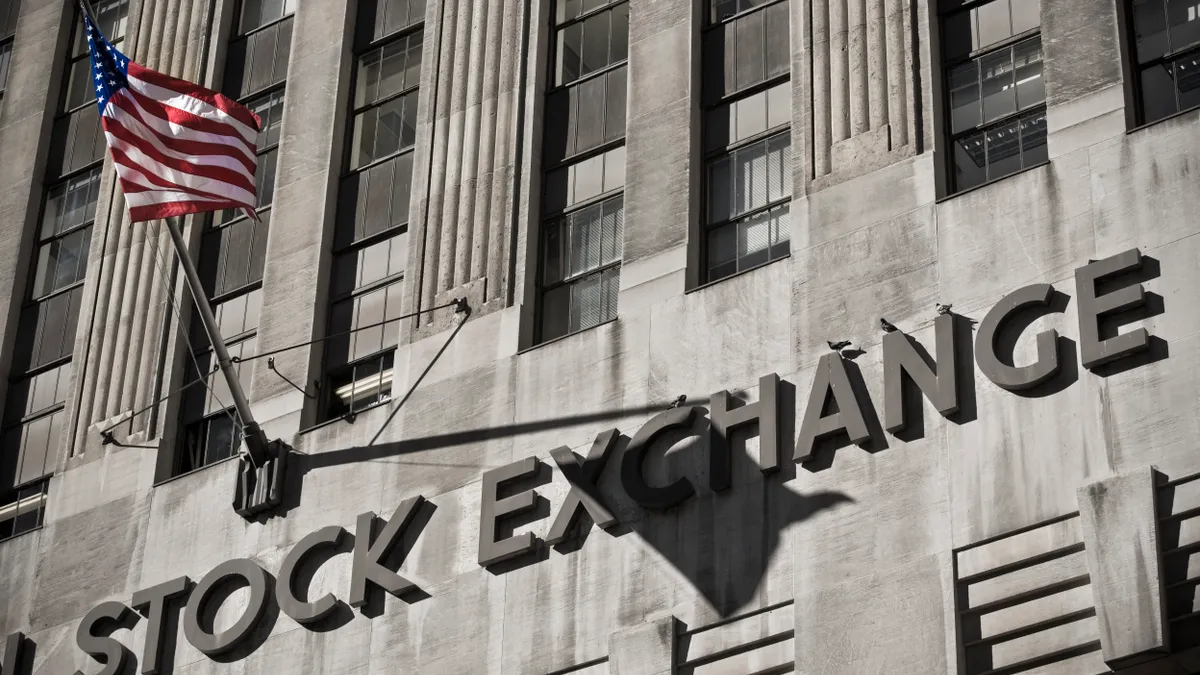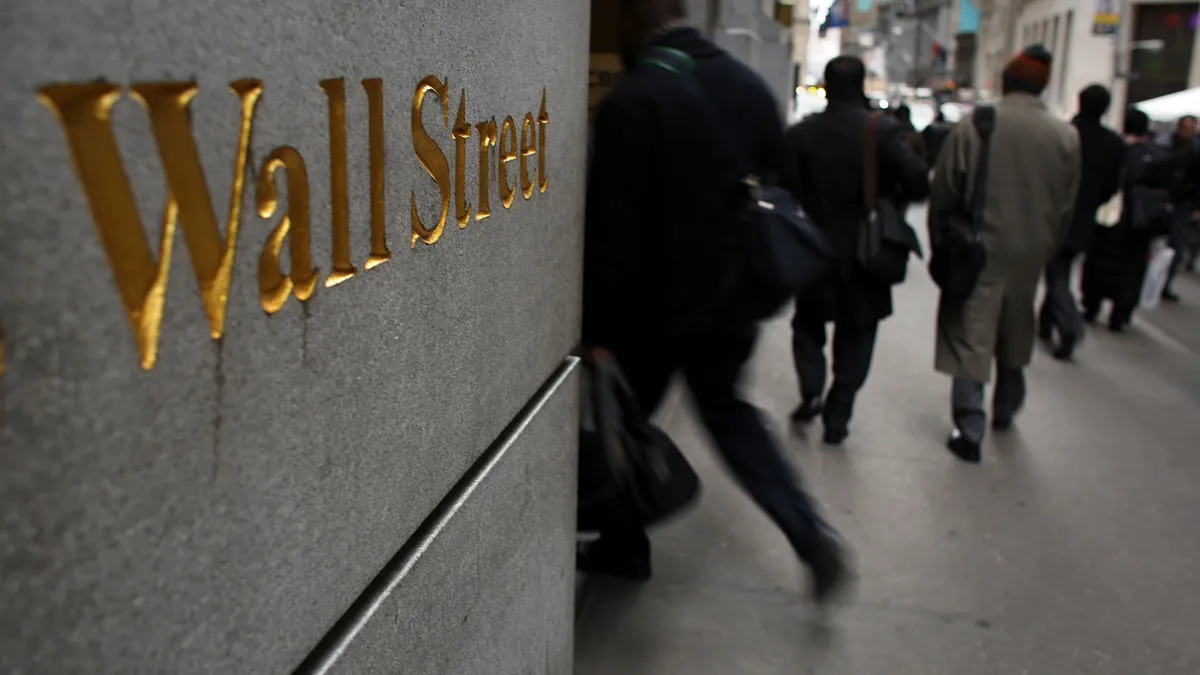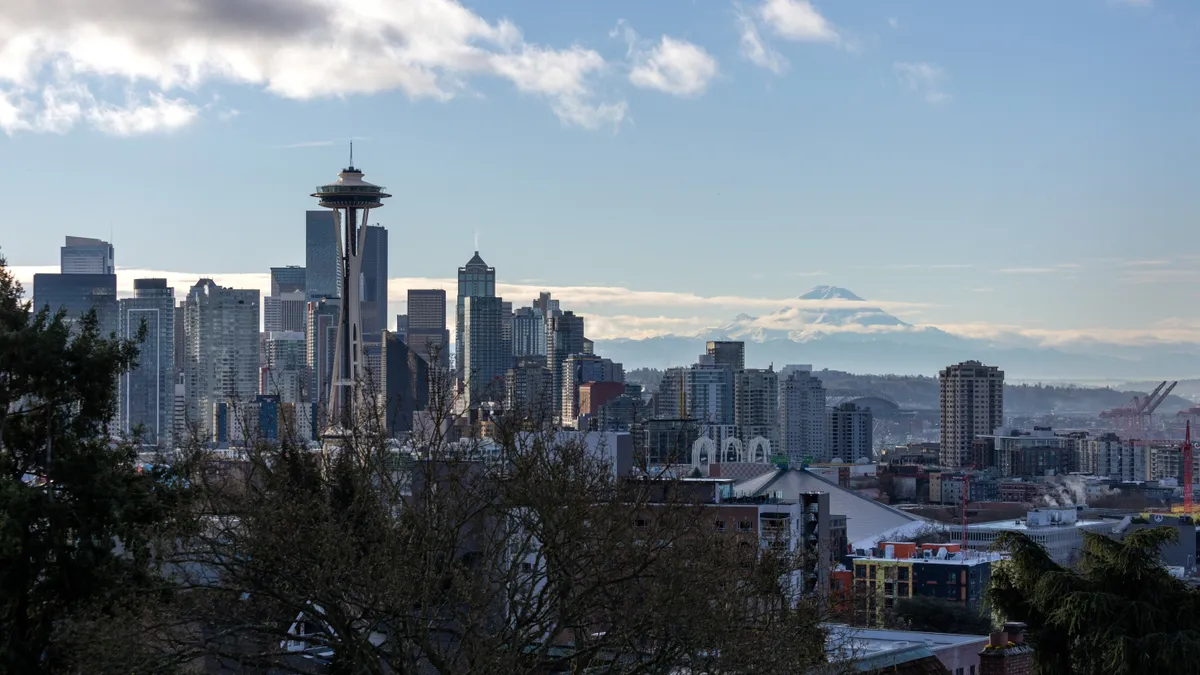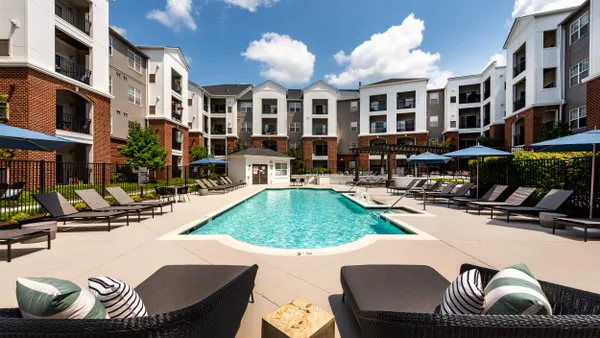Out of all the apartment REITs in the country, MAA may be the best positioned to capture the benefits of the migration to the Sun Belt. Although a couple of the Memphis, Tennessee-based firm’s peers are eyeing Southern markets, it already has nearly 100,000 units in the region, which continued to drive strong growth and helped it beat expectations in the first quarter of 2023.
MAA continues to see new arrivals to the Sun Belt help drive that growth, with about 11% of new leases coming from people moving in from outside of the region. The REIT’s same-store net operating income increased 12.5% and its same-store revenues rose 11.0%, consisting of a 12.6% increase in rents and a 40 basis point decrease in occupancy.
“Consistent with the trends that we've seen for the past couple of years, solid employment conditions, positive net migration trends and the high cost of single-family ownership are supporting continued demand for apartment housing across our portfolio,” said CEO Eric Bolton on last week’s first quarter 2023 earnings call.
Here are three other major takeaways from MAA’s first quarter:
Supply concerns are limited so far
As more people have moved into the Sun Belt, construction crews have followed. In a research note, Alexander Goldfarb, managing director and senior research analyst of REITs, and Connor Mitchell, research analyst at investment bank and financial services company Piper Sandler & Co., said that the supply-heavy markets of Austin, Texas, (6.4% of MAA’s NOI), Phoenix (3.3%) and Denver (1.1%) were key metros for MAA. However, despite that supply, revenues in those markets were up 11.2%, 10.5% and 8.1%, respectively.
BY THE NUMBERS
| Category | Q1 | YOY Change |
| Property revenues | $500 million | 11% |
| Net operating income | $328.9 million | 12.5% |
| Operating expenses | $171.1 million | 8.3% |
| Funds from operations | $2.31 | 12.1% |
| Rent per unit | $1,657 | 12.6% |
| Occupancy rate | 95.5% | -40 bps |
SOURCE: MAA
“We believe this helps show that focusing on supply alone can be misleading, as many factors drive underlying fundamentals,” Goldfarb and Mitchell wrote.
MAA’s average rent price is around $1,650, less than 25% below new construction rents, according to Goldfarb and Mitchell. Bolton believes the relative value of his company’s apartments will help insulate the firm against new competition.
“While new supply deliveries are expected to run higher over the next few quarters, we continue to see net positive absorption across our portfolio,” Bolton said. “We believe that MAA's more affordable price point coupled with the unique diversification strategy, including both large and secondary markets, further supported by an active redevelopment program, will help mitigate some of the pressure from higher new supply in several of our markets.”
Property upgrades continue
MAA has long been known as one of the top renovators in the apartment space and that continued in Q1. The REIT completed 1,328 unit rehabs, capturing average rental rate increases of approximately 8% above non-renovated units. It also added smart home features to 18,254 apartments, capturing $20 more in rent compared units without the systems.
“We are on target to complete over 5,000 additional unit interior upgrades this year in addition to completing the installation of new smart home technology for the entire portfolio,” Bolton said.
Through the end of the year, MAA plans to add smart home features to up to 6,000 apartments.
“We're also making great progress with our more extensive property repositioning projects with the projects completed to date capturing NOI yields in the high teens on incremental capital investment,” Bolton said. “These projects, coupled with a number of new technology initiatives, should provide additional performance upside from our existing portfolio.”
Taking a defensive approach
With the current turbulence in the capital markets, MAA is careful with its allocation of funds.
“There's still obviously some level of risk in the broader economy,” Bolton said. “And so we really believe that the thing to do right now is to protect capacity and keep the balance sheet in a strong position.”
But the REIT is standing by for a time when the market picks up, which could occur later in the year. “We believe the need to sell increases as the year progresses, and it's likely that more compelling acquisition opportunities will materialize later in the year,” said A. Bradley Hill, MAA’s chief investment officer.
MAA is still investing in new developments, planning to start four projects later in the year that it thinks will open in a favorable leasing environment in 2026 and 2027. “We don't think we're going to ramp up a lot more than that at this point in the cycle, but we feel pretty good about the four opportunities that we're looking at at the moment,” Bolton said.
The market slowdown could eventually provide more opportunities to buy dirt. Hill said that MAA’s development partners have seen a roughly 10% reduction in land prices.
“Over the past few months, we have seen an increase in inbound pre-purchase development opportunities due to a substantial decline in the availability of both debt and equity capital for new developments,” Hill said. “We remain disciplined and selective in our review process, but we are hopeful these calls will lead to additional currently unidentified development opportunities.”
Click here to sign up to receive multifamily and apartment news like this article in your inbox every weekday.





